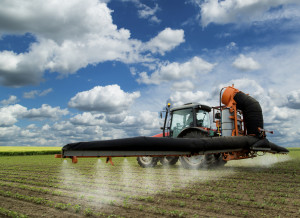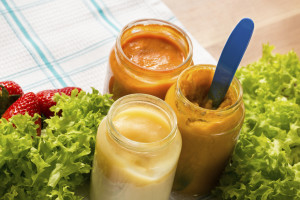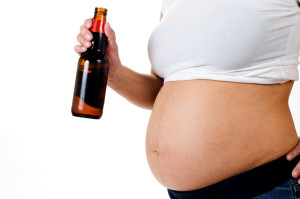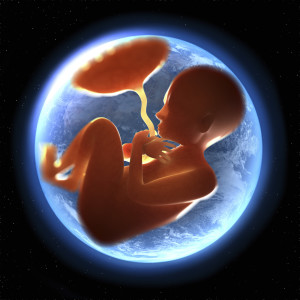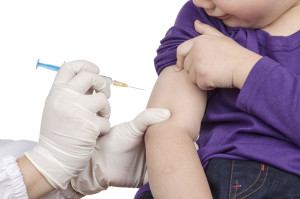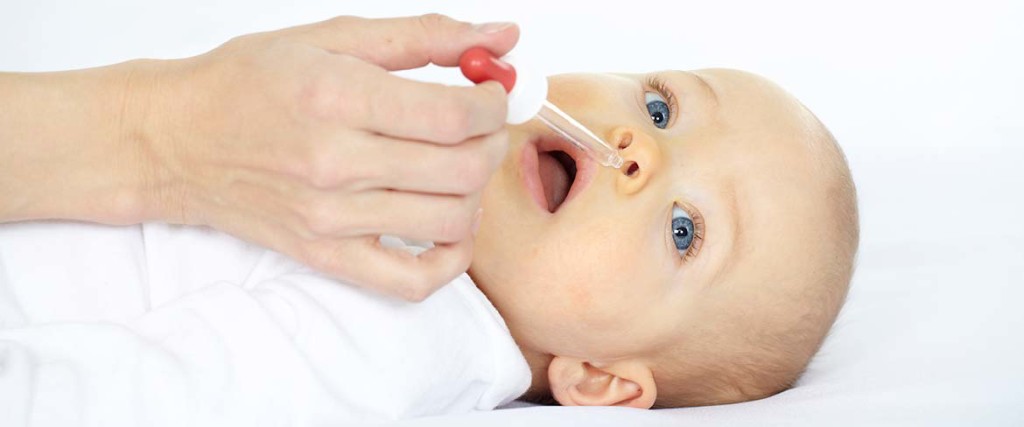
by Pat Bratianu, RN Ph.D. RH-AHG
Gripe Water is a liquid that is used to treat infants who are experiencing colic, gastrointestinal discomfort, reflux, teething, hiccups, indigestion, and other stomach irritants. It is commonly made with water, sugar, sodium bicarbonate, dill oil, and in the past was made with alcohol although most gripe waters have eliminated the use of this ingredient. Some Gripe Waters are made using all natural ingredients such as chamomile, fennel, caraway, peppermint, ginger, aloe, lemon balm, blackthorn and vegetable carbon so as to eliminate any unnatural ingredients that may harm their baby’s overall health.
History of Gripe Water
The first Gripe Water was formulated by William Woodward in 1851, and contained 3.6% alcohol, dill oil, sodium bicarbonate, sugar, and water. Woodward was born in Stamford in 1828, and later apprenticed under pharmacist John Halliday Thomas of Boston where he served seven years and learned everything from business to the practice of pharmacy. After his apprenticeship he moved to London, and in 1851 purchased a pharmacy in Nottingham.
Woodward was well known and respected for his creation of remedies and simple ailments, and had many early successes including gripe water. He gained inspiration for the gripe water formula from a recipe that a group of Nottingham doctors were using to treat Fen Fever also known as malaria. It was not until later that it was noted that Woodward’s gripe water formula was not just effective for the treatment of malaria, but also towards the treatment of gastrointestinal discomfort in infants.
Read More

